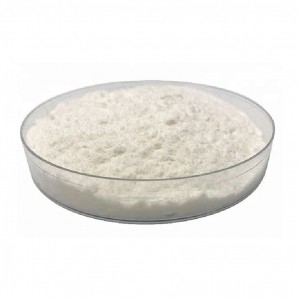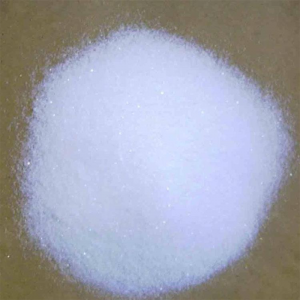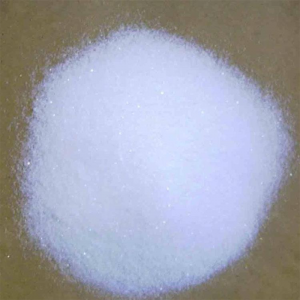Chloramine-T/NA CAS 127-65-1
specification
| Item | Specifications |
| Appearance | White crystalline powder |
| Purity | ≥98.0% |
| Active chlorine | ≥24.5% |
| PH | 8-11 |
Usage
As a disinfectant, this product is an external disinfectant with broad-spectrum sterilization ability, containing 24-25% available chlorine. It is relatively stable and has a killing effect on bacteria, viruses, fungi and spores. Its principle of action is that the solution generates hypochlorous acid and releases chlorine, which has a slow and lasting bactericidal effect and can dissolve necrotic tissue. Its effect is mild and lasting, has no irritation to mucous membranes, has no side effects, and has excellent results. It is often used for rinsing and disinfecting wounds and ulcer surfaces; it is widely used for disinfection of sterile rooms in pharmaceutical enterprises and disinfection and sterilization of medical devices; and it is also suitable for disinfection of drinking water tableware, food, various utensils, fruits and vegetables, aquaculture, and flushing of wounds and mucous membranes; it has also been used for disinfection of poison gas. In the printing and dyeing industry, it is used as a bleaching agent and an oxidative desizing agent, and as a reagent for supplying chlorine. The disinfection effect of this product is less affected by organic matter. In application, if ammonium salts (ammonium chloride, ammonium sulfate) are added in a ratio of 1:1, the chemical reaction of chloramine can be accelerated and the dosage can be reduced. Use 1%-2% for rinsing wounds; 0.1%-0.2% for mucous membrane consumption; for drinking water disinfection, add 2-4 grams of chloramine to each ton of water; use 0.05%-0.1% for tableware disinfection. A 0.2% solution can kill bacterial reproductive forms in 1 hour, a 5% solution can kill Mycobacterium tuberculosis in 2 hours, and it takes more than 10 hours to kill spores. Various ammonium salts can promote its bactericidal effect. A 1-2.5% solution also has an effect on hepatitis viruses. A 3% aqueous solution is used for disinfection of excreta. In daily use, a disinfectant prepared in a ratio of 1:500 has stable performance, is non-toxic, has no irritating reaction, no sour taste, no corrosion, and is safe to use and store. It can be used for indoor air and environmental disinfection, as well as wiping and soaking disinfection of instruments, utensils, and toys. The aqueous solution of this product has poor stability, so it is advisable to prepare and use it immediately. After a long time, the bactericidal effect is reduced.
Uses of Chloramine T in printing and dyeing:
(1) As a bleaching agent: Chloramine T is mainly used to bleach plant fibers. It is very convenient to apply. Just add an appropriate amount of water to dissolve it, then add water to dilute it into a 0.1-0.3% solution. After heating to 70-80°C, the fabric can be put into bleaching. Chloramine T can also be used for bleaching fabrics such as rayon. Just put the bleached object into the above solution, heat it to 70-80°C, and after leaving it for 1-2 hours, take it out and wash it with water, and then wash it with a dilute acetic acid or dilute hydrochloric acid solution to neutralize the residual alkalinity on the fabric.
(2) As an oxidative desizing agent: When cotton fabric is desized with an oxidant, in addition to sodium hypochlorite, chloramine T can also be used. When chloramine T reacts with water, hypochlorous acid is generated, and then hypochlorous acid decomposes to release nascent oxygen. Oxidative desizing is relatively rapid, but great attention must be paid to the control of engineering conditions, otherwise the fiber will be damaged.
Sodium sulfonylchloramine (chloramine T) has the effect of promoting cell differentiation.
Packaging and Shipping
Packing: 25 or 200kg/drum or as customer requirements.
Shipment :belongs to common chemicals and can deliver by train,ocean and air.
Stock :have 500MTs safety stock
Keep and storage
Shelf life:24 month from date of manufacture in original unopened packaging stored in a cool dry place out of direct sunlight.
The warehouse is low temperature, ventilated and dry, and stored separately from acids.














